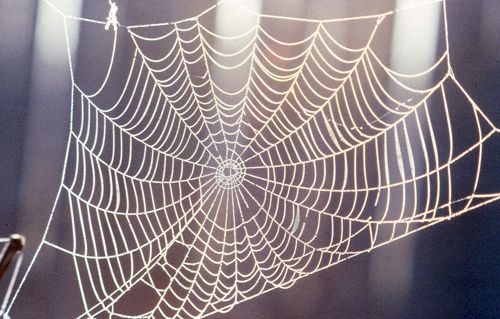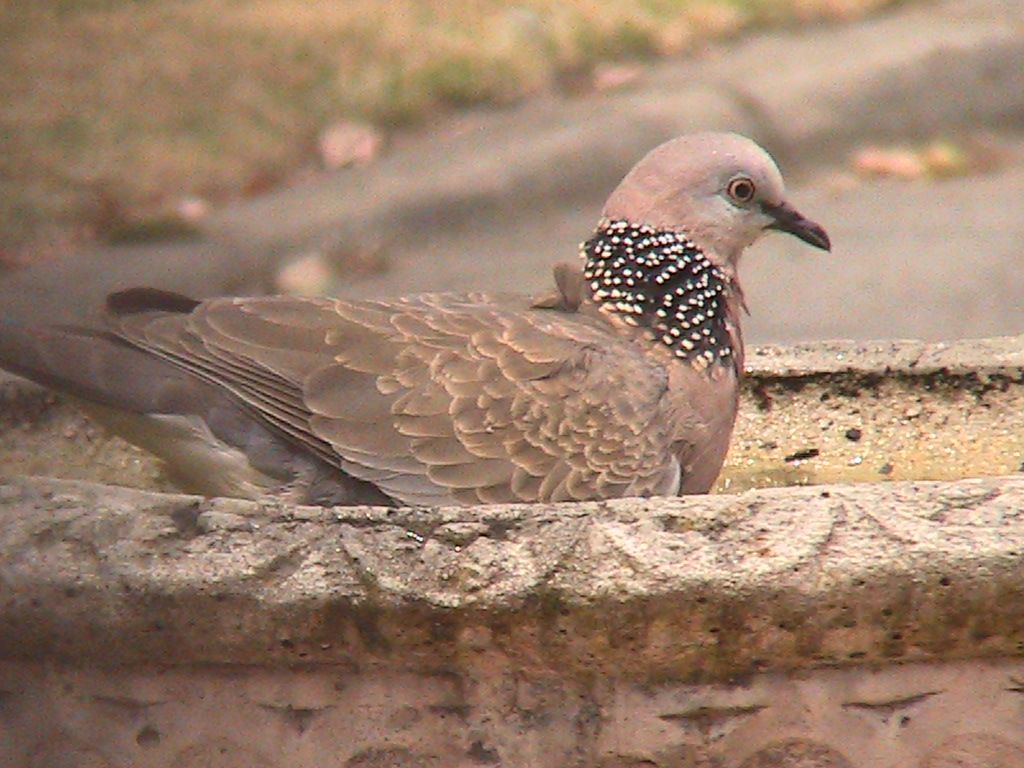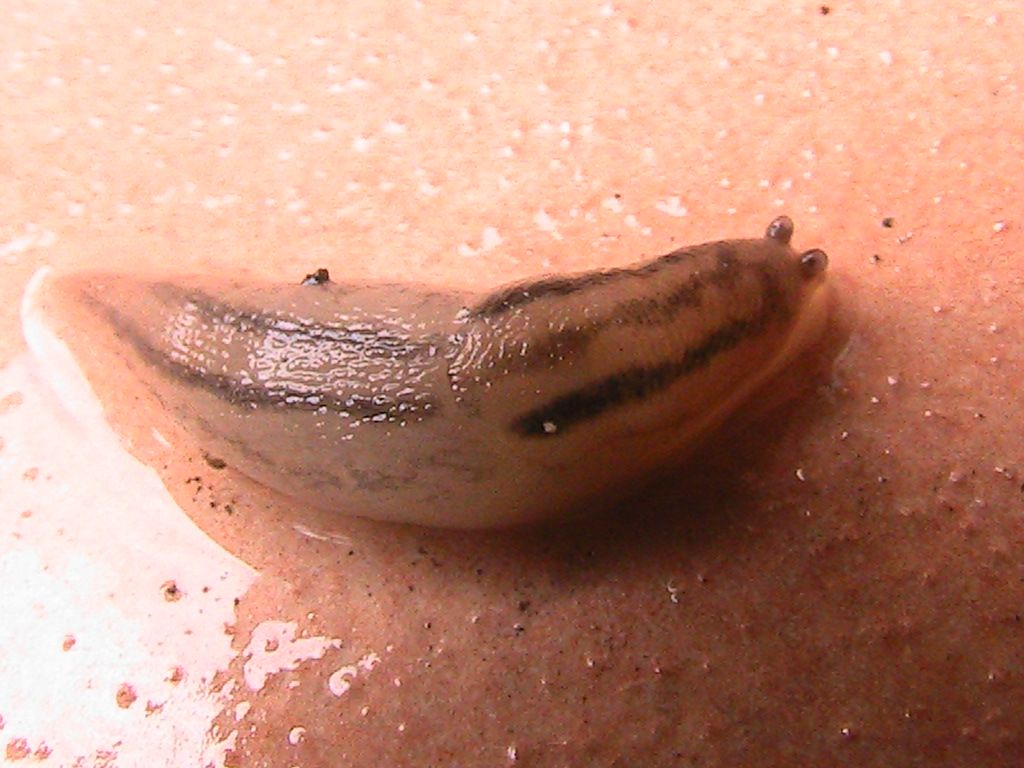I’ve just signed up to go in the Melbourne Bioblitz a survey over one week of all non-human lifeforms in the “City of Melbourne”.
Take part in Melbourne BioBlitz. Your participation will help us develop the city’s first ever Urban Ecology Strategy.
The goal is to find, photograph and identify as many species of plants, animals, microbes, fungi and other organisms as possible in the city. You might even discover a new species! By taking part and submitting your sightings you can win prizes including an iPad, Digital SLR and an Explorers Pack. Prize details here.
There are two ways to get involved:
1. Become a citizen scientist and carry out an independent BioBlitz at any time by following the BioBlitz toolkit or
2. Join one of our expert-led BioBlitz events.
After your BioBlitz you can submit your sightings in three ways:
1. Use the form in the link above
2. Tag your sighting #bioblitzmelb on Twitter and Instagram (don’t forget your location!)
3. Use the BowerBird website
Melbourne BioBlitz runs from 31 October to 15 November 2014.
BioBlitz is a partnership between the City of Melbourne, Museum Victoria, RMIT, Australian Research Centre for Urban Ecology, the University of Melbourne, Royal Botanic Gardens, Melbourne Zoo and Parks Victoria.
Expert sponsored events are:
FITZROY GARDENS
BioBlitz Launch
Friday 31 October. 9.30am – 10am: Fitzroy Gardens. Meet at Sinclair’s Cottage
Join us to celebrate the launch of the City of Melbourne’s first BioBlitz. We will hear from City of Melbourne Councillor and RMIT lecturer, Dr Cathy Oke and the Head of Sciences at Museums Victoria, Dr Mark Norman. Join us for breakfast following the launch and stay to attend a biodiversity walk (from 10am onwards) and submit your species findings to Twitter, Instagram or Bowerbird.
Fitzroy Gardens BioBlitz Discovery
Friday 31 October, 10am to 3pm: Fitzroy Gardens, meet at Sinclair’s Cottage
Join us on a walking tour and discover the resident wildlife, such as reptiles, bugs, bees, and butterflies. These surveys will all be led by a range of fauna experts from Museum Victoria, The Australian Research Centre for Urban Ecology and RMIT. Jump on a tour leaving on the hour, every hour.
BatBlitz
Friday 31 October 9pm to 11pm: Fitzroy Gardens, meet at Sinclair’s Cottage
Discover the different bat species living in Fitzroy Gardens. During these surveys, experts will use traps and recording devices to identify the different types of bats in the Park.
Nocturnal Insect BioBlitz
Friday 31 October 9pm to 11pm: Fitzroy Gardens, meet at Sinclair’s Cottage
The darkest late-night biodiversity you’ll experience in the city! Get up close and personal with the nocturnal insects of Fitzroy Gardens. During these surveys, experts will use lights, traps and nets to identify the insects inhabiting the gardens.
Friday 14 November
FITZROY GARDENS
Dawn Bird Chorus
Friday 14 November, 7 to 9am: Fitzroy Gardens, meet at Sinclair’s Cottage
Start the day with a walking bird survey of Fitzroy Gardens, experience the dawn bird chorus and hear from leading experts on the variety of beautiful birds that visit our parks.
Fitzroy Gardens BioBlitz
Friday 14 November 10am to 3pm: Fitzroy Gardens, meet at Sinclair’s Cottage
Join us on a walking tour and discover the resident wildlife, such as bugs, bees and butterflies. These surveys will all be led by a range of fauna experts from Museum Victoria, RMIT and The University of Melbourne. Tours will leave on the hour, every hour until 3pm.
ROYAL PARK
Nocturnal BatBlitz & Insect BioBlitz
Friday 14 November, 9pm to 11pm: Royal Park, meet at Walmsley House on Gatehouse Road
Discover the different bat species living in Royal Park. During these surveys, experts will use traps and recording devices to identify the different types of bats. Alternatively you can get up close and personal with the nocturnal insects of Royal Park. During these surveys, experts will use lights, traps and nets to identify the insects flying through the park.
Saturday 15 November
ROYAL PARK
Dawn bird chorus
Saturday 15 November, 7 to 9am: Royal Park, meet at Walmsley House, Gatehouse Road
Start the day with an exhilarating walking bird survey of Royal Park. Experience the dawn bird chorus and hear from leading experts on the variety of beautiful birds that visit this park – you’ll be surprised and delighted!
Royal Park BioBlitz
Saturday 15 November, 10am to 3pm: Royal Park, meet at Ross Straw Pavilion near Manningham Street entrance, Royal Park West
Come along to enjoy a walking BioBlitz of Royal Park and learn about conducting flora surveys from a range of flora experts or discover the resident wildlife including bugs, bees and butterflies. Tours leave on the hour, every hour.
WESTGATE PARK
Dawn bird chorus
Saturday 15 November, 7am to 9am: Westgate Park, meet at car park off Todd Road, opposite Cook Street
Start the day with a walking bird survey of Westgate Park, experience the intense and beautiful dawn bird chorus. You will learn from leading experts about the variety of beautiful birds in this park.
Westgate Park BioBlitz
Saturday 15 November, 10am to 3:30pm: Westgate Park, meet at car park off Todd Road, opposite Cook Street
Join us on one of eight walking tours and discover the resident wildlife, such as reptiles, bugs, bees, and butterflies. These surveys will all be led by a range of fauna experts from Museum Victoria. Survey tours leave at 10am, 11:30am, 1pm, and 2:30pm.





